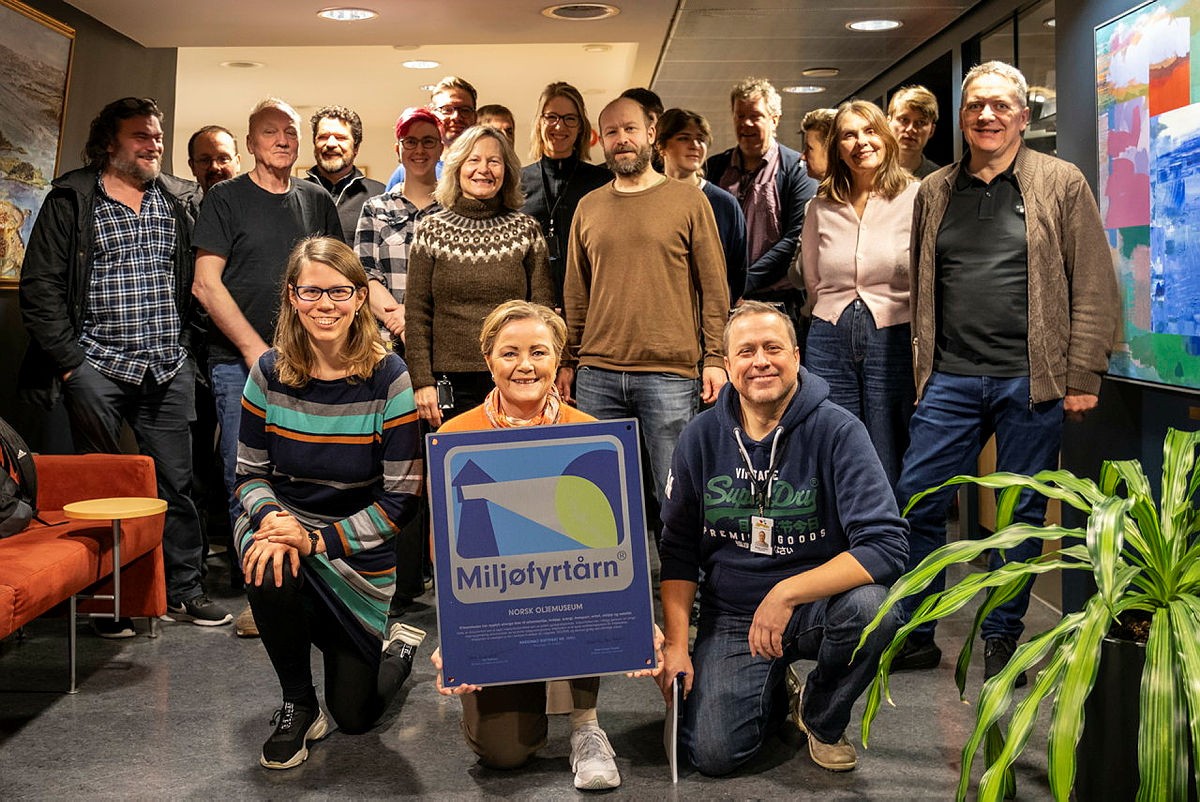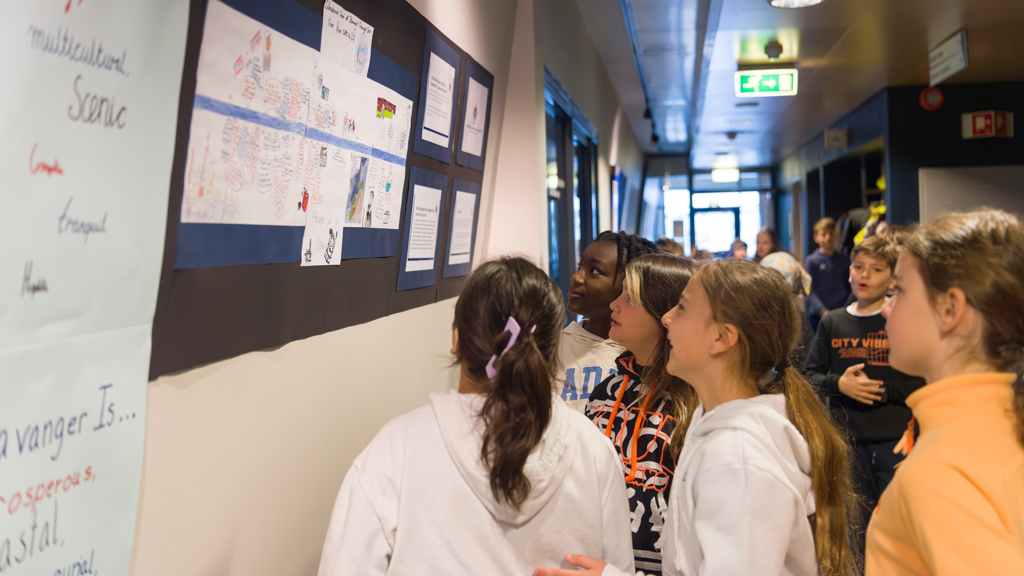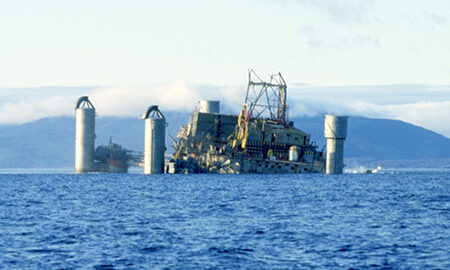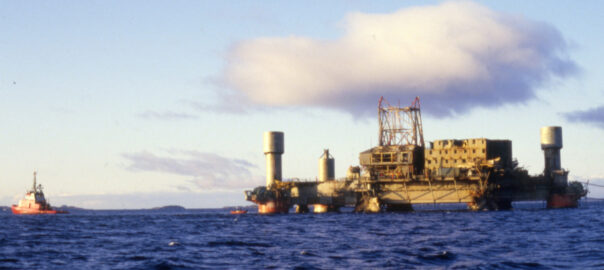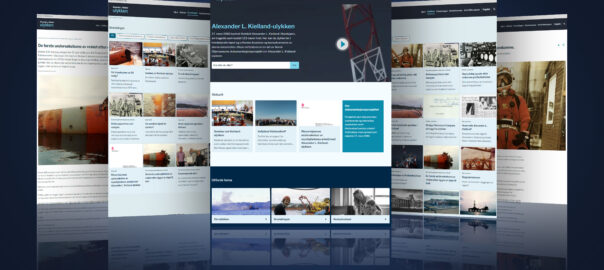The book Crossing Boundaries – Frigg Industrial Heritage was launched at the Norwegian Petroleum Museum at the 17th of June 2010.
The history of Frigg is a story of crossing boundaries – in more than one sense. This field was the second to be discovered and developed on the Norwegian continental shelf, and extended across the median line boundary into the UK sector. With French company Elf – now Total – as operator, development and operation involved bringing together three nations: France, Britain and Norway.
In its day, Frigg was the largest gas field to be developed offshore and the one which lay in the deepest water. That called for technological advances which pushed back the boundaries of the possible, particularly when the satellite fields were brought into production from remotely operated subsea installations.
The documentation project on Frigg’s industrial heritage has also crossed new boundaries. Collaboration between the Norwegian partners the Norwegian Petroleum Museum, the National Archives in Stavanger and the National Library and the University of Aberdeen on the UK side proved a fruitful partnership across the median line. So it is hardly surprising that the bridge which crossed the offshore frontier between Norway and the UK on the Frigg field has been preserved as an important symbolic object.
All the installations on Frigg have now been removed, but its history is preserved in this book and on the Frigg Industrial Heritage website.








